The ICL is a state of the art refractive error solution where a contact lens is implanted into the eye to correct the refractive error and provide enhanced vision. The Lens is made from collamer/ collagen, a highly biocompatible material and is placed in the front of the natural lens. It functions to focus light properly back on to the retina in a similar way that glasses or contact lenses do.
With a proven track record of over 10 million highly satisfied patients worldwide in the last 20 years, ICL surgery offers numerous advantages .
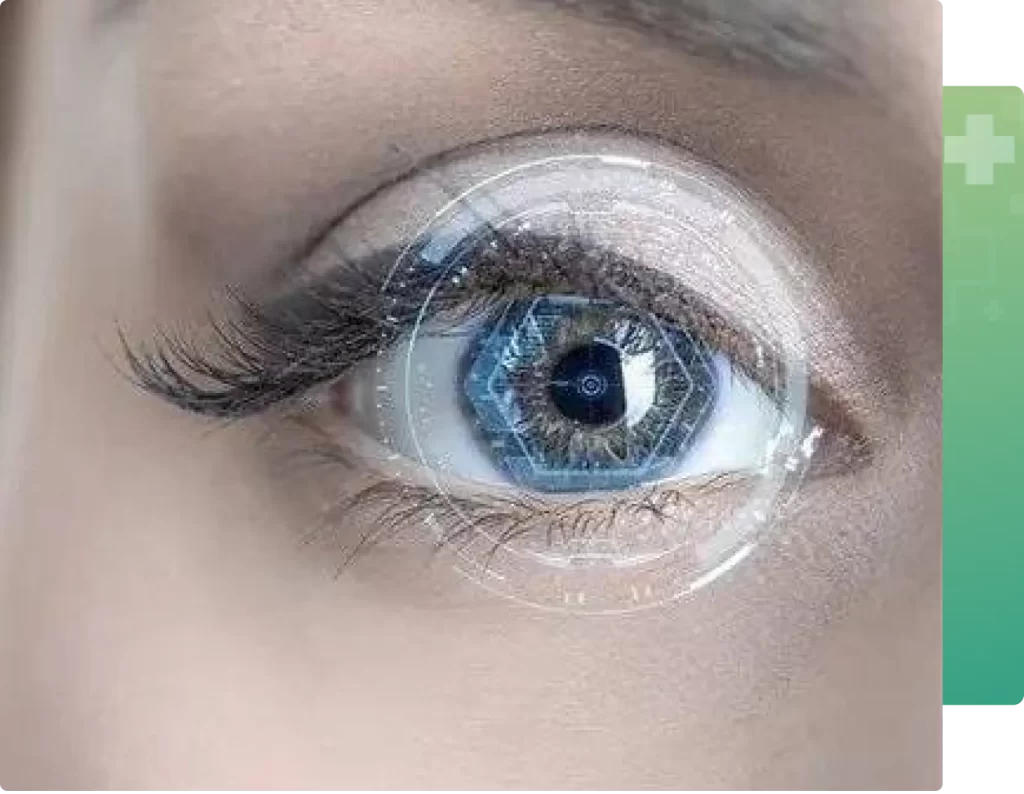
The lens is customized according to each eye’s shape and size and has the widest power correction range from + 10D to – 20D with cylinder upto 6D. Made from “Collamer”, a bio compatible material, the eye does not treat the lens as a foreign body and it is safe to stay in the eye for very long time.
The lens is customized according to each eye’s shape and size and has the widest power correction range from + 10D to – 20D with cylinder upto 6D. Made from “Collamer”, a bio compatible material, the eye does not treat the lens as a foreign body and it is safe to stay in the eye for very long time.
Preserves accommodation – This new technique is similar to cataract surgery, but the natural lens remains in place so the eye’s natural focusing ability is preserved.
No dry eye syndrome – By not removing or reshaping the corneal tissue, ICL procedure does not induce dry eye syndrome.
The ICL becomes a permanent fixture of the eye, avoiding time consuming maintenance and replacement as in glasses or contact lenses.
No sutures are needed and only a small incision is required during the procedure as the ICL is foldable, thereby improving the healing time.
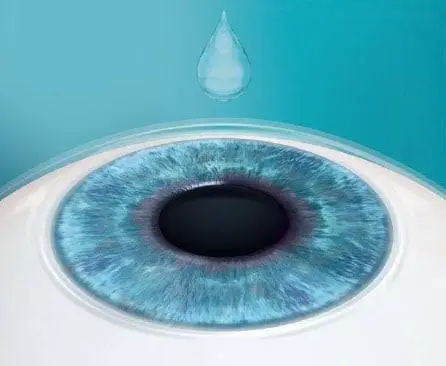
Before you schedule your ICL procedure date, your doctor will perform a series of standard tests to measure your eye’s unique characteristics for the procedure.
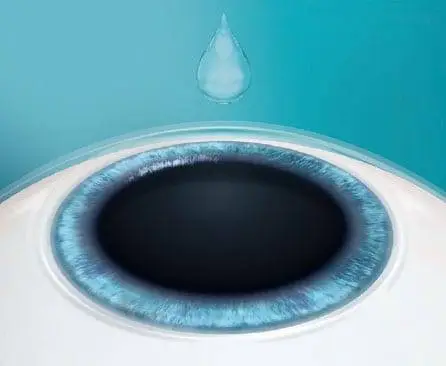
When you arrive for your procedure your doctor will administer eye drops to dilate your pupils as well as numb your eyes.
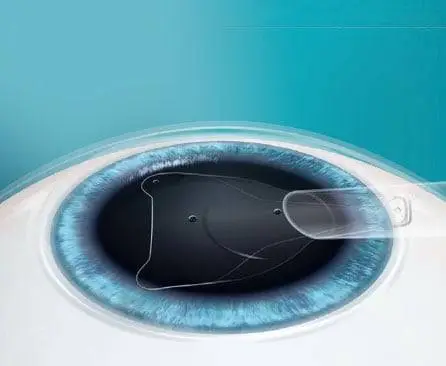
To prepare for the implant your doctor will create one small opening at the base of your cornea to insert the ICL. The procedure is painless because of the numbing medication.
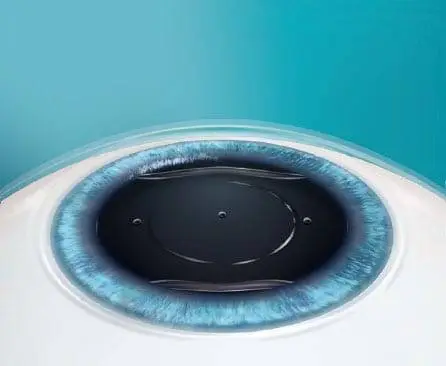
Once the lens is inserted your doctor will make any necessary adjustments to ensure proper positioning in the eye.

At this point the procedure is over and many will have improved vision nearly immediately. Your doctor will prescribe more eye drops intended to prevent infection following the procedure.

You should return to the clinic as directed by your doctor for required follow up visits after your procedure. Follow all of your doctor’s instructions after the implantation of the ICL.
In ICL procedure, the cornea retains its natural shape as it does not involve removal or cutting of tissue from the cornea. It is considered to be safer for patients with thin corneas and those with higher degrees of myopia, hyperopia and astigmatism. It has also been found to create less glare issues among patients with large pupils.
The Toric ICL is only a variant of ICL. It corrects your nearsightedness as well as your astigmatism (cylindrical power) in one single procedure. Each lens is custom made to meet the needs of each individual eye.
A tropical anesthetic drop is used prior to the procedure and most patients state that they are very comfortable throughout the surgery.
The ICL is made of Collamer ®, a highly biocompatible advanced lens material which contains a small amount of purified collagen.
If your vision changes after a period of time after the surgery, your doctor can remove the implanted lens and replace it, therefore making the procedure flexible.
Although the ICL is intended to remain in place permanently, if required, your ophthalmologist can remove the implant in a very quick & short procedure.
No, the ICL is not visible to both the wearer and observer as it is positioned behind the iris.
As the ICL is completely unobtrusive once implanted, it stays in position and does not interact with any of the eye’s structures.
ICL is designed for correction of refractive errors in adults above 18 years of age. It is the preferred procedure for candidates who are unsuitable for laser refractive surgery. Pregnant or nursing women should wait to have the ICL implanted. You will also need to undergo a detailed eye examination to determine your suitability. Lastly, those without a large enough anterior chamber depth or endothelial cell density may not be a good ICL candidate.